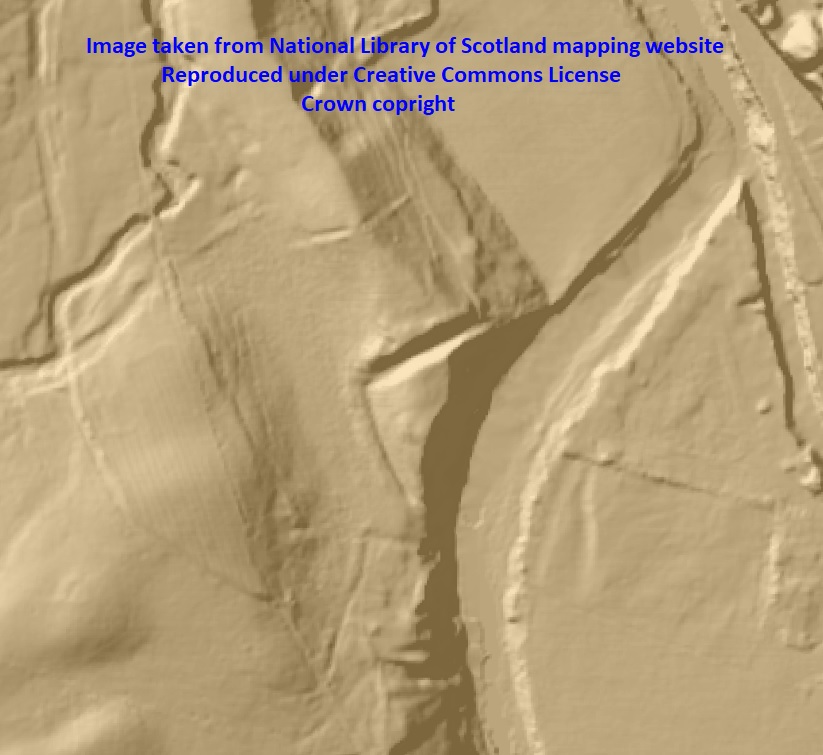Alston Hall Hill

Alston Hall Hill Details
Alstan Hall Hill is the site of an old fortified site of unknown type overlooking the South Tyne, consisting today of two sides of a quadrangular ditch and bank about a raised platform. It is likely that over half the site has been destroyed by landslip from river erosion.
- Closest To: Alston
- Access: No Access
- Grid Reference: NY715467
Alston Hall Hill is an earthwork sat on high ground at the top of a slope overlooking the confluence of the River Nent with the larger South Tyne to its east. The site has clearly been eroded by the larger river, and it is possible that as much as half the site has been lost to this. What is left is an L-shaped earthwork, the northern side consisting of a ditch some 4.6 metres deep with an internal counterscarp bank, and the western side consisting of a ditch less than a metre deep with an internal counterscarp bank even smaller. It seems likely that the site occupied the southern end of a ridge of sorts, and the deeper ditch cuts across the width. A second outer ditch and bank cross the ridge perhaps 50 metres to the north, again much slighter than the main defence. The whole site is covered by trees, although the outer area is not densely planted.
The site is not properly understood, and has not been subjected to proper archaeological investigation, but it seems possible that there was a defended manor here, perhaps that of Nicholas de Vipont in the reign of Edward II. The Alston area contained valuable lead and silver mines, and although these were under royal control, a local presence was essential to ensure the safe supply of the metal; the Vipont family had been granted the manor by King William the Lion (Lord of Tynedale in England), a grant confirmed by King John in 1209. Later the manor was held by John Clifford, before passing through the hands of the Whitelaw family, the Stapleton family and the Hiltons – all by marriage, until it was sold to Sir Francis Radliffe of Dilston in 1618. Erosion next to the west ern bank has revealed fragments of brick which suggest a 16th or 17th century building at the earliest, but at what point the site was abandoned is unknown.
Become a supporter of my work to access a more detailed history